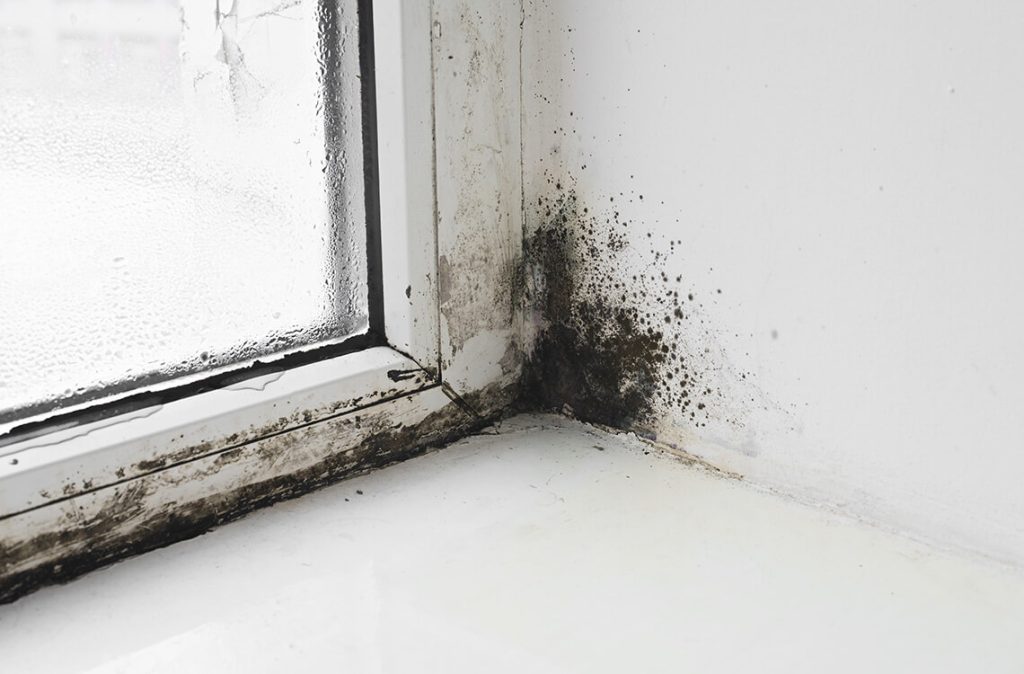Malaysia is known for many things. The culture, the food, and of course, the weather.
Malaysian climate is hot, humid and relentless. A perfect breeding ground for mould. If you’ve lived in the country for any length of time, you may have come across a mould infestation once or twice in your life.
Mould comes in many forms; blue, green, red and yes even pink. Each mould has its specific requirements that allow it to flourish.
But a damp and warm environment is usually the best. Some moulds grow on trees and certain plants.
Others on decaying food or plant material. But the one that you will find most commonly in homes is black mould.
Scientifically known as Stachybotrys chartarum, black mould is a type of fungi that can pose health risks to humans and pets. These include flu-like symptoms, diarrhea, headaches, memory loss and severe respiratory damage.
It is important to be aware of and take action if you suspect black mould in your house. Here’s what you should know about this deadly parasite.
What is Black Mould
Black mould typically appears as dark green or black patches with a slimy or powdery texture.
It can often be found in damp or humid areas and may have a musty odour.
It is often confused with the Aspergillus fungi which sometimes has a black hue to it but are often only found in dead leaves, stored grain, compost piles, or in other decaying vegetation.
Health Risks
Exposure to black mould can lead to various health issues, especially for those with allergies, respiratory conditions, or compromised immune systems.
Symptoms may include coughing, sneezing, skin rashes, eye irritation, and more severe respiratory problems.
If you spring clean your house often but still get these symptoms you may have a hidden black mould infestation in your house.
Common Locations
Black mould tends to grow in areas with high moisture content.
Common locations include bathrooms, basements, kitchens, and areas near leaking pipes, roofs, or windows.
But if you’re in Malaysia where it rains often, your attic or ceiling space can also be a breeding ground. Peppering dangerous spores into the air without you even knowing it.
Prevention
The best way to deal with black mould is to prevent its growth.
Ensure good ventilation in your home, fix any leaks promptly, and control indoor humidity levels.
Use exhaust fans, dehumidifiers, and proper insulation to reduce moisture in problem areas. However this may not be feasible for some people.
Regular Inspections
Sometimes black mould can grow even with rigorous prevention strategies.
So you may have to go around every month or so during your spring cleaning sessions to problem areas.
Conduct regular inspections of your home, especially in high-risk areas, to catch mould issues early. The most prone areas are usually behind furniture like cupboards.
But black mould can grow outdoors as well so be on the lookout for that.
Cleaning
If you discover black mould in your home, it’s important to address it promptly.
Use proper safety precautions, including wearing a mask, gloves, and goggles to avoid inhalation and contact with mould spores.
Clean affected areas with a solution of water and bleach or pure white vinegar.
A cool trick is to soak paper towels in this solution and lay them down in hard to reach areas. Watch this video for a tutorial.
Maintenance
Mould thrives in humid climates. And while you can’t control the weather, you can, maintain your property to prevent moisture and leaks.
Check your plumbing, roof, and windows regularly to ensure there are no areas where moisture can seep through. These can quickly become a breeding ground for mould especially during the monsoon season.
Professional Help
If the mould is extensive, or if you have underlying health issues, consider professional mould remediation.
They have the expertise and equipment to handle the issue safely and effectively. Do not attempt to address a serious infestation of black mould on your own.
You may end up going to the emergency room with a serious health complication that you may not have had before.
#clean the #mold off the #grout with me! #bleach and #toiletpaper over night and it looks so much #better 🤩 #dramaticmoments #homeprojects
Understand Your Rights
If you’re currently renting, be sure to talk to your landlord about any issues you may have with mould in the house.
It should technically not be your responsibility to deal with things like that if it becomes too severe. Landlords are obligated to address serious mould problems.
Especially if it’s caused by structural issues like rotting wood or plumbing issues.
Bust that Black Mould
Black mould is not just unsightly. It’s a health concern that should not be ignored.
Identifying, preventing, and addressing black mould is crucial. Not only to maintain a healthy living environment for you and your family but also to protect your property.
If you suspect a significant mould problem, it’s best to consult a professional. With efficient techniques and tools, your home will be mould-free and spotless in no time.
Disclaimer: The information provided in this article is for informational purposes only and should not be considered as medical advice from Motherhood. For any health-related concerns, it is advisable to consult with a qualified healthcare professional or medical practitioner.
For more insightful stories and fun recipes, stay tuned to Motherhood Story!
